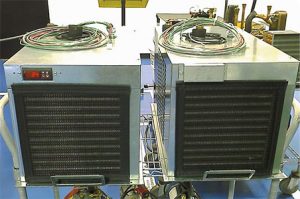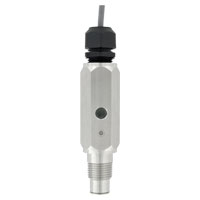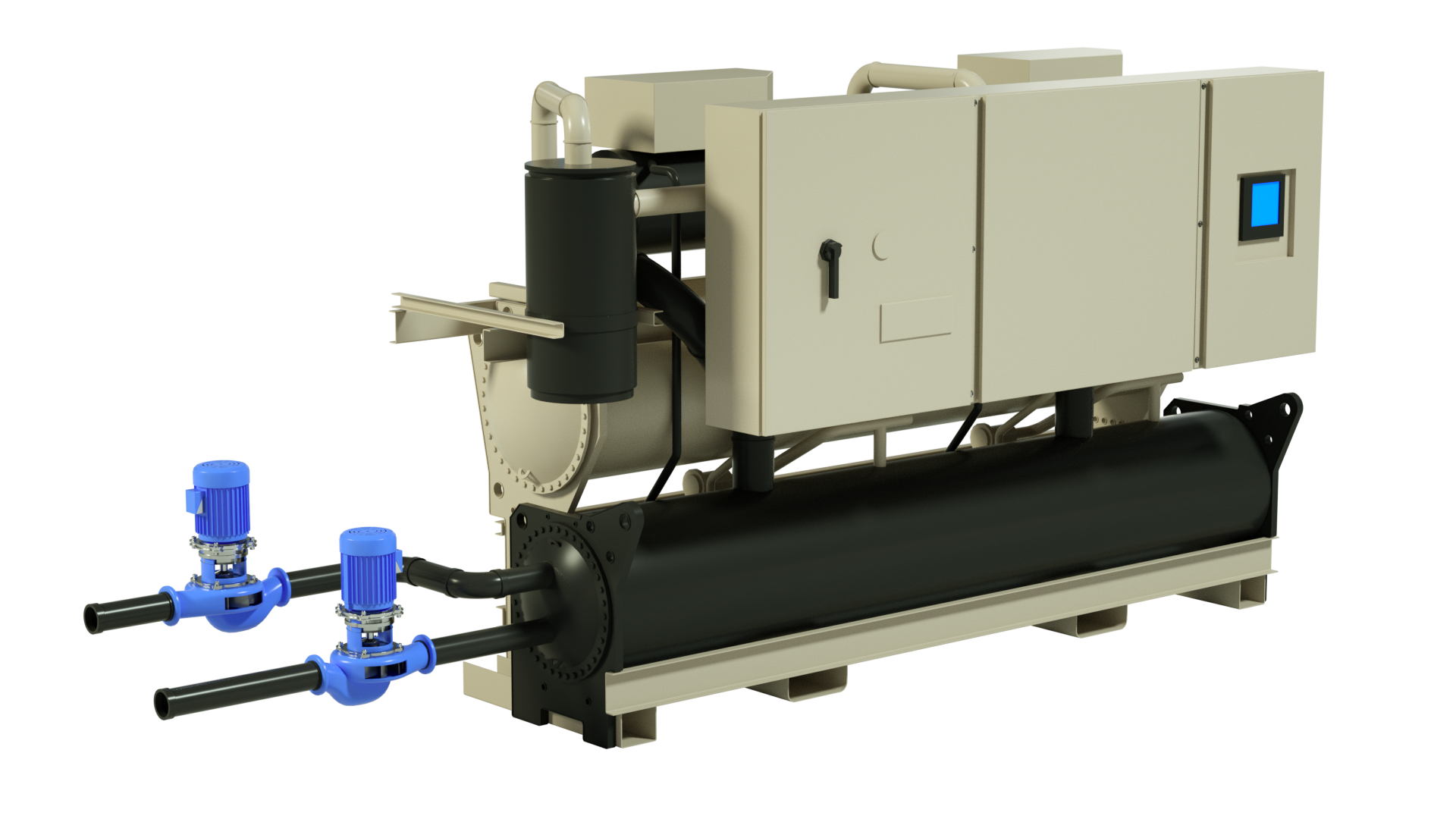Commercial Refrigeration Thermostats Go Digital for Greater Control
 In the past, bulb and capillary mechanical thermostats were used in chillers to maintain proper water temperature. As technology has advanced, digital temperature switches have replaced many mechanical ones because a digital temperature switch provides the same functions while also serving as a timer, external relay and thermometer. Where are digital temperature switches used, and which features have caused the conversion? Continue reading “Digital Chiller Thermostats”
In the past, bulb and capillary mechanical thermostats were used in chillers to maintain proper water temperature. As technology has advanced, digital temperature switches have replaced many mechanical ones because a digital temperature switch provides the same functions while also serving as a timer, external relay and thermometer. Where are digital temperature switches used, and which features have caused the conversion? Continue reading “Digital Chiller Thermostats”
Proving Flow Through Chillers
 Water chillers are nothing new, with nearly an estimated 100,000 units operating in North America alone. Chillers are the cooling machines of choice to condition industrial, commercial, and institutional facilities. They are used to lower the temperatures of all kinds of equipment and processes such as: robotic machinery; semiconductors; injection and blow molding machines; welding equipment; die-casting and machine tooling; paper and cement processing; power supplies; power generation stations; compressed air and gas cooling systems; medical imaging machines; chemical, drug, food and beverage production; even simply to cool potable water to desirable levels. Whether for office comfort, keeping data server centers from overheating, or specialized industrial processes, water temperature control plays a vital role in many of the behind-the-scenes activities that affect our everyday lives. Continue reading “Proving Flow Through Chillers”
Water chillers are nothing new, with nearly an estimated 100,000 units operating in North America alone. Chillers are the cooling machines of choice to condition industrial, commercial, and institutional facilities. They are used to lower the temperatures of all kinds of equipment and processes such as: robotic machinery; semiconductors; injection and blow molding machines; welding equipment; die-casting and machine tooling; paper and cement processing; power supplies; power generation stations; compressed air and gas cooling systems; medical imaging machines; chemical, drug, food and beverage production; even simply to cool potable water to desirable levels. Whether for office comfort, keeping data server centers from overheating, or specialized industrial processes, water temperature control plays a vital role in many of the behind-the-scenes activities that affect our everyday lives. Continue reading “Proving Flow Through Chillers”
Thermal Dispersion Flow Switches

Dwyer Instruments, Inc. offers several flow measuring products that use a thermal sensing element.
Thermal dispersion flow sensors use a temperature element that is heated up beyond the media temperature. Based on calorimetry, the flow moving past the sensor will have a cooling effect that is directly proportional to the flow velocity. The heat is convected from the heated probe surface to the boundary layer of the fluid flowing over the heated surface. Continue reading “Thermal Dispersion Flow Switches”


